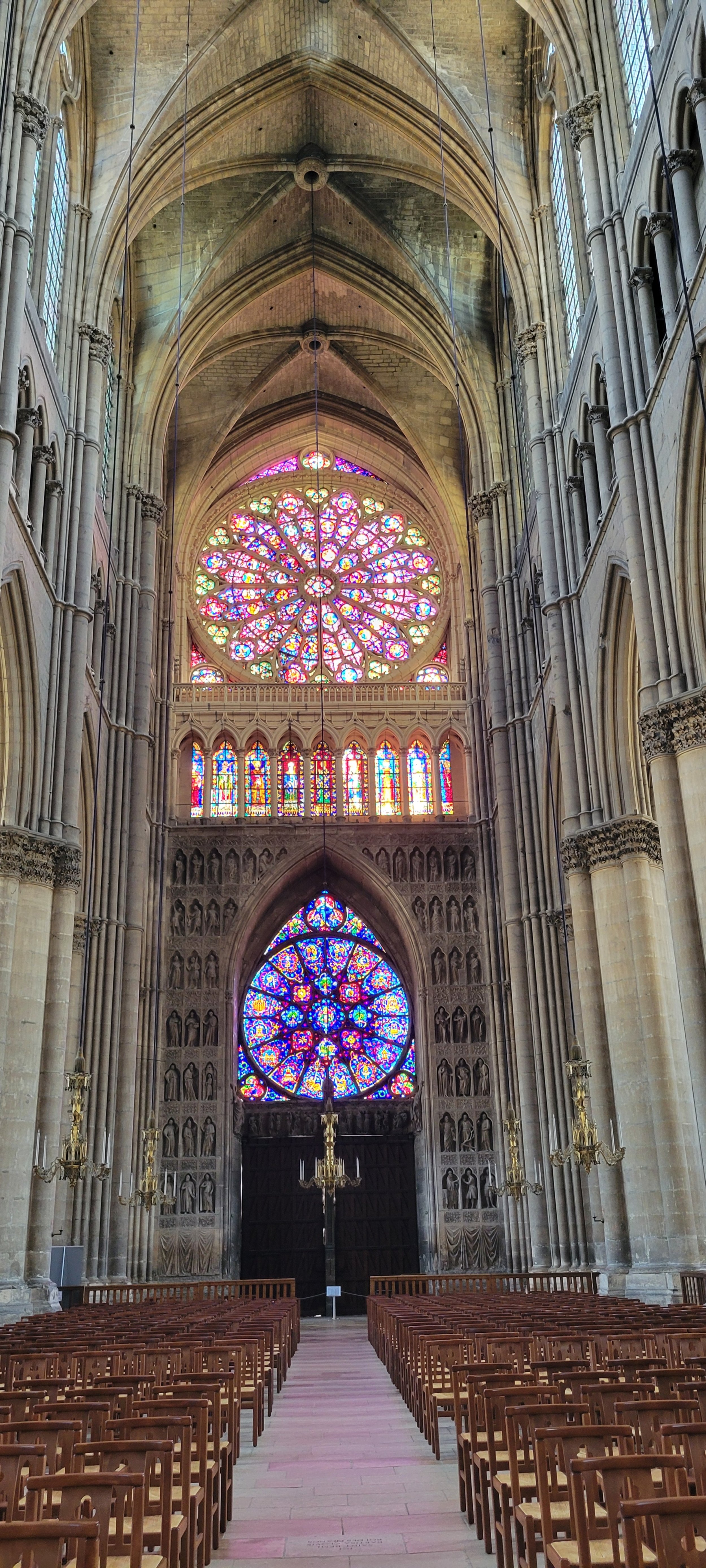Erasing demons
The 2,000 year old Pont du Gard aqueduct
I have been holding on to this story, waiting for the right moment to share it. Since I’m now on Rome’s doorstep—the city is 20 km away—now is a good time.
If you knew of my previous cycling challenges (I call them failures), you may have thought it foolish of me to suggest I could cycle from London to Rome.
Fourteen years ago, I saw an ad for the inaugural Whistler GranFondo, a 120km cycling event from Vancouver to Whistler. I wasn't a cyclist. I didn't even have a bike. But it seemed like something I could do.
I started training (with a new bike). And when I say training, really that meant simply riding my bike progressively longer distances. I even did a one-day 170 km event ride in Bellingham that year, which in retrospect wasn’t a good thing.
I went into the Whistler ride with a nagging knee injury, but I thought I could make it. One hundred kilometres in, the pain was too much, and I couldn't push my leg down to move the pedal. I sat on the side of the highway in defeat and called Carrie, who was waiting in Whistler with my parents. “I can't do it,” I told her. I felt like I had let people down.
The Pont du Gard aqueduct
By the time a shuttle bus brought me to Whistler, I couldn't walk. I felt helpless and embarrassed being taken to the medical tent in a wheelchair.
The next year, I signed up to do the ride again. Carrie told me I didn't have to prove anything. But my belief that you finish what you start runs deep. I finished the ride that second time (even did it a third time when a colleague asked me to do it with him).
Failure visited again eight years later, when I participated in a two-day 200 km Cancer Foundation ride. Near the end of day one, the pain in my knee returned, and while I tried to make a go of it on the second day, I had to stop.
I have carried these experiences with me ever since. Some might have hung up their bike. They likely wouldn't consider cycling across Europe.
The Saône Canal
Like I did when I saw that ad for the Whistler GranFondo, I looked at a map and said I can cycle from London to Rome.
So, what is different now? Failure breeds success. Eight months ago, I started a daily stretching and off-bike strength training program. And I proactively went to a physio and massage therapist and told them my history and what I was planning on doing.
I remember the first session with the physiotherapist. “If you want to ride 50 km, your glutes (the muscles in your butt) need to be this big,” he said, making a circle with his hands. “But if you want to ride 100 km, your glutes need to be this big,” he said making the circle bigger. So, my ass needs to be bigger is all.
Even with the daily stretching and strength training, doubt still crept in. Did I do enough? Was I a fool for considering such an adventure? Cycling 90 or 100 km wasn’t hard, but could my body withstand doing that day after day for a month. Saying you’re going to do something is easy, achieving it isn’t always so.
Reims Cathedral in France, completed in 1275
Sure, parts of my body have been asking: what in the heck are you doing? But as I passed mileage milestones—200, 500, 1,000, and now 2,000 km—I started believing, I’m going to do this. With each pedal stroke, I’ve erased those cycling demons that have lived in my mind for years.
I think back to that day on the side of the highway telling Carrie I can’t do it. What I didn’t know in that moment is that I can do it. We (you) are more capable than we think. That first hill is hard. So is the second and third one, but over time they get easier.
It’s been a long journey getting here. Tomorrow, Marcus and I will ride into the Eternal City.
Marcus, at one of his doctor visits




